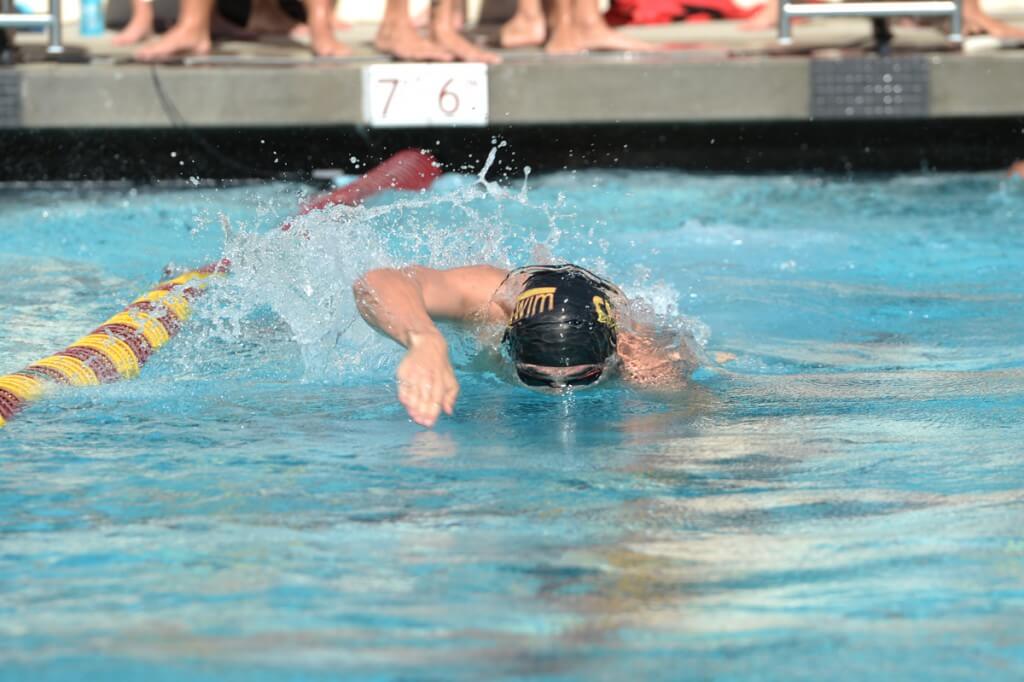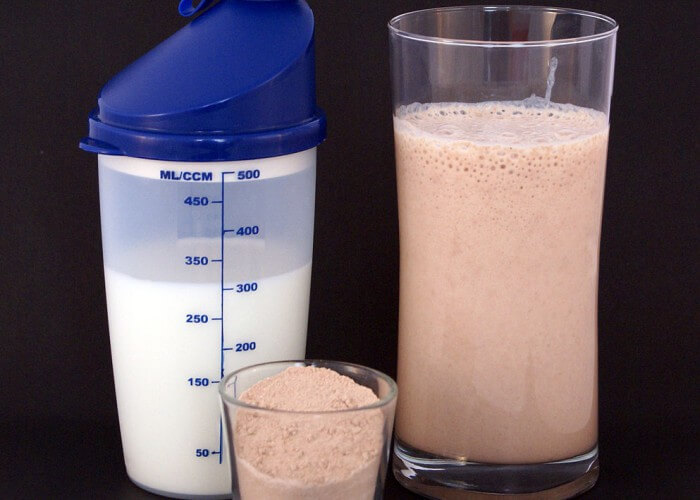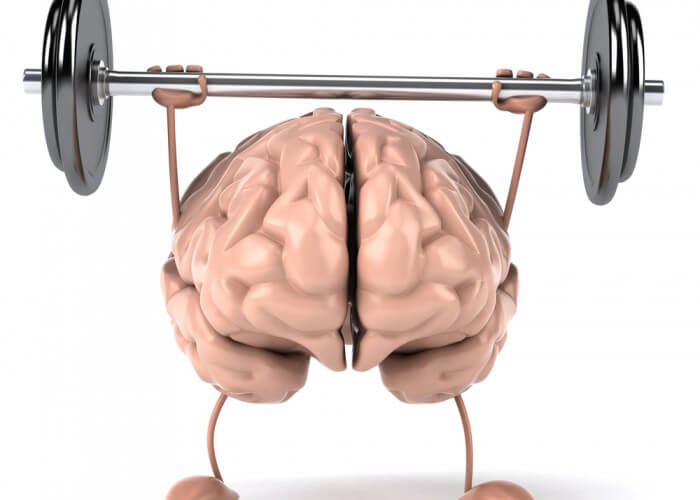Break Through Your Plateau: Why Recovery Matters

By Allison Pierce, Swimming World College Intern
Albert Einstein once defined insanity as, “doing the same thing over and over again and expecting different results.”
John Underwood, the founder of the American Athletic Institute–Human Performance Project and an internationally recognized human performance expert, tests this concept on a daily basis. From the United States Navy Seals to members of the National Basketball Association, to top NCAA and high school athletes, Underwood examines ways to improve one’s athletic performance, which can be directly applied to swimming.
According to Underwood, when swimmers train hard through the whole season and finally their peaking phase, there are three possible outcomes:
- Your times will plateau.
- You will swim slower.
- You will get a personal best time.
The most significant factor in a personal best time is that you are well rested. Recovery processes and timelines are critical during peaking training and training session quality must be calculated and monitored.
“It is pivotal to ensure recovery processes or high intensity workouts will simply create stress rather than increase optimal capacities,” Underwood stated. “It is also quite well known that you are most susceptible to sickness and injury during your last month of training. There must also be considerations for increased coordination training during peak phase or the central nervous system can become highly fatigued, leaving optimal performance in doubt.”
Although many swimmers go through a plateau at some point in their career, getting a personal best is more attainable than one might think. “If you really understood what you’re capable of, you would ‘flip out’ with the times you could swim,” said Underwood.
Recovery
Even though recovery is a highly influential aspect to performance, it is often not understood. “Recovery is key to performance, and is the most overlooked aspect to training,” Underwood said.
It is scientifically proven that some of the most significant pieces of recovery include post-nutrient intake and sleep. “The biggest [scientific] advancements have been in the areas of recovery,” Underwood noted. “That’s why on the international level you’re seeing countries who never had swimmers all of a sudden produce medalists and finalists.”

Photo Courtesy: Wikimedia
1. Post-Training Nutrient Intake
According to Underwood, “The number one recovery factor is post-training nutrient intake. [It] jumpstarts recovery by as much as 70 percent in the first hour.
Anytime you go through a high intensity practice or competition, your muscles and other physiological systems incur damage. Taking in the proper nutrients after a workout is critical because you want your muscles to repair from that damage and get stronger. Underwood recommends drinking 12 to 16 ounces of Whey protein* within the first ten minutes of a workout (which can stop up to 83 percent of muscle damage) along with 75 grams of carbohydrates.

2. Sleep
According to Underwood, sleep is the second most important factor in recovery after post-nutrient intake. In fact, proper sleep adds another 20 percent to total recovery. Sleep in fact adds another 20 percent to the recovery timeline, meaning that you are now 90 percent recovered through nutrient uptake and sleep.
When you sleep, your body is recovering both physically and mentally. Underwood recommends the “magic” sleep number is nine hours and 15 minutes for elite or growing athletes. From about 10 p.m. to 2 a.m. is physical repair, while 2 a.m. to 6 a.m. is mental repair. During physical repair, human growth hormone is released, which helps repair any physical damage done to your body from physical stress.
Underwood and others working on the Human Performance Project share some astounding results directly related to sleep and swimming performance through a study on members of the men and women’s swim team at Stanford University. In the first two weeks of the study, they had participants stick to their normal sleeping pattern. Afterwards, they increased their sleep to ten hours per day.
According to Cheri Mah of the Stanford Sleep Disorders Clinic and Research Lab, participants on average had a .15 second faster reaction time on their start, improved their turn speed by .10 seconds, and even went .51 seconds faster on a 15 meter sprint. Many of the participants set new personal best times, and school and NCAA records during that same season. Long story short–the more you sleep, the better you will perform.
*Be sure to use National Sanitation Foundation certified products




Brittany Archer
So what do you do with all of that are lactose or dairy allergic? joan nyc
Erik Strietman laatste is wel interresant
?
So proud of you.
John Ferris
When you say 12-16 ounces, you mean just the whey concentrate itself or together with whatever it is that you use as a solution (like milk or water)?
good job
Tanya Noel-Rajack
Flavie Merkly